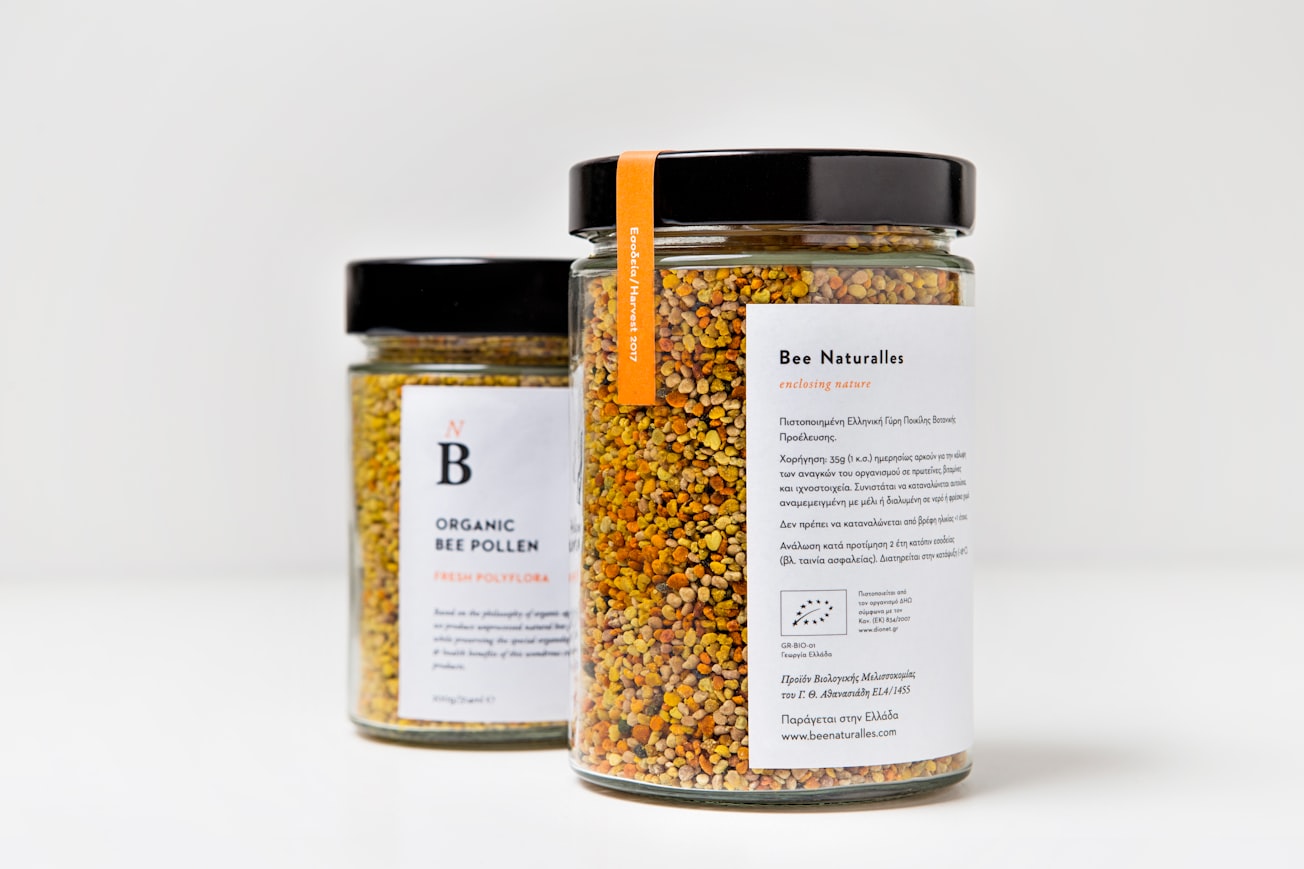What is it about?
Propolis, a resinous substance produced by honeybees from various plant sources, has been used for thousands of years in traditional medicine for several purposes all over the world. The precise composition of propolis varies according to plant source, seasons harvesting, geography, type of bee fora, climate changes, and honeybee species at the site of collection. This apiary product has broad clinical applications such as antioxidant, anti-infammatory, antimicrobial, anticancer, analgesic, antidepressant, and anxiolytic as well asimmunomodulatory efects. It is also well known from traditional uses in treating purulent disorders, improving the wound healing, and alleviating many of the related discomforts.
Featured Image

Photo by Bee Naturalles on Unsplash
Why is it important?
Even if its use was already widespread since ancient times, after the First and Second World War, it has grown even more as well as the studies to identify its chemical and pharmacological features, allowing to discriminate the qualities of propolis in terms of the chemical profle and relative biological activity based on the geographic place of origin.
Perspectives
Specifcally, the available literature confrms the efcacy of propolis and its bioactive compounds in the reduction of cancer progression, inhibition of bacterial and viral infections as well as mitigation of parasitic-related symptoms, paving the way to the use of propolis as an alternative approach to improve the human health. However, a more conscious use of propolis in terms of standardized extracts as well as new clinical studies are needed to substantiate these health claims.
habilitated doctor, chemist Monica BUTNARIU
University of Life Sciences "King Mihai I" from Timisoara
Read the Original
This page is a summary of: Propolis: An update on its chemistry and pharmacological applications, Chinese Medicine, August 2022, Springer Science + Business Media,
DOI: 10.1186/s13020-022-00651-2.
You can read the full text:
Resources
Contributors
The following have contributed to this page







